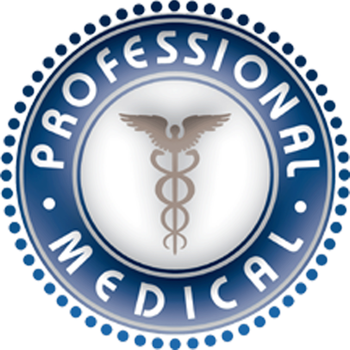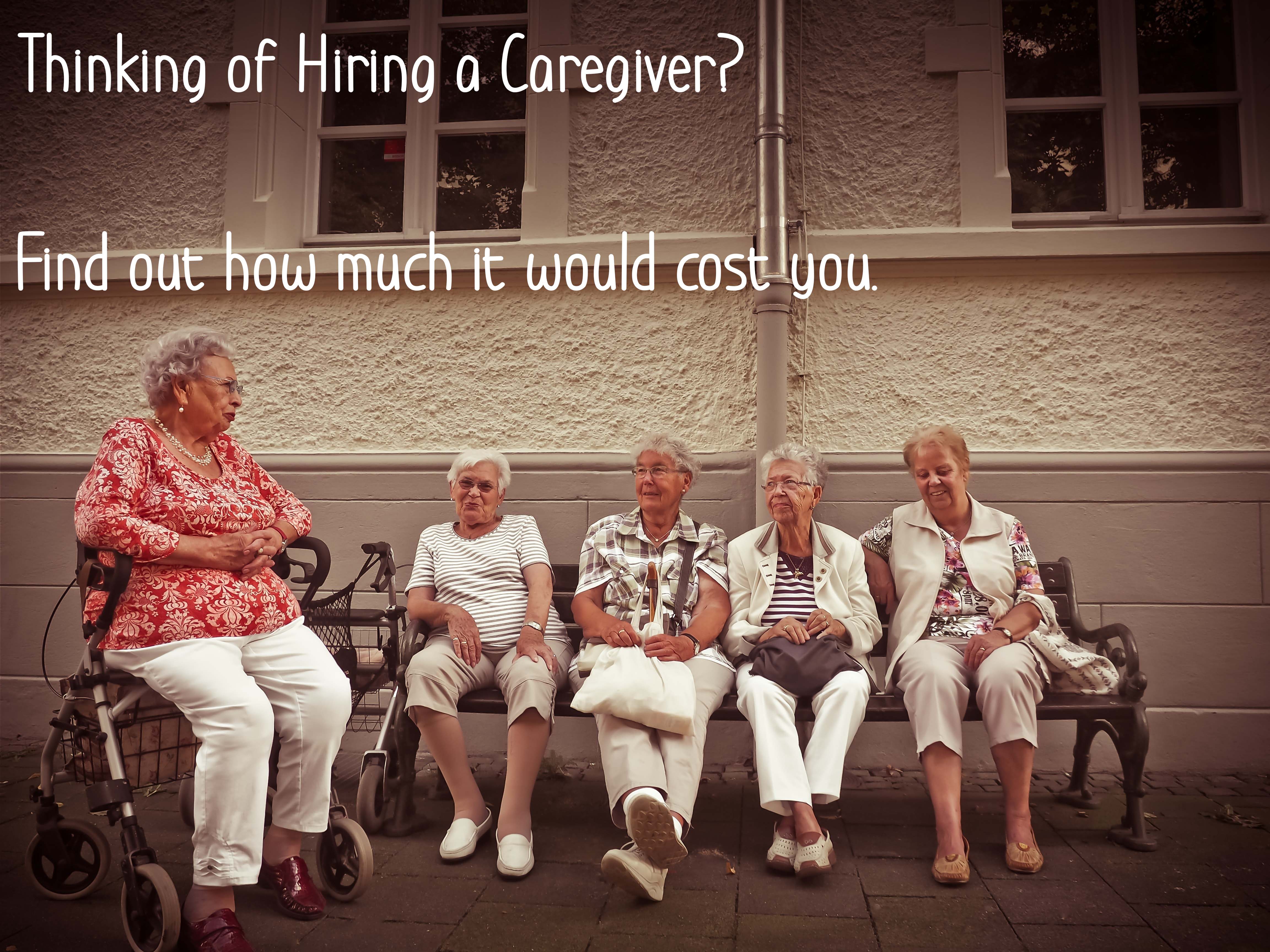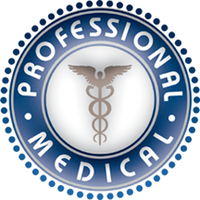Habits for Healthy Living
 Do you feel as good now as you did at age 40? At age 50?
Do you feel as good now as you did at age 40? At age 50?
If the answer is no, read on. You might be able to feel as good as you used to (or even better) by picking up a few new healthy habits. It may seem like more trouble than it’s worth to start doing something new. However, even small changes can improve your health. One small change you can make is to add some activity to your daily life. Another is to add more fiber to your diet.
What if I’ve never been very active? Will starting now really make a difference?
Yes! Physical activity is good for people at any age. Among older adults, falls are a common cause of injury and disability. Physical activity makes your bones and muscles stronger. When your muscles are strong, you’re less likely to fall. If you do fall, strong bones are less likely to break. Regular physical activity is also good for your brain. Studies have shown that people who do simple exercises (for example, walking briskly) on a regular basis are better able to make decisions than people who aren’t physically active.
I haven’t been physically active in a long time. I’m afraid I’ll get hurt when I start.
From diabetes to heart disease, many chronic (ongoing) health problems are improved by even moderate amounts of physical activity. For people who have these conditions, a lack of exercise is a bigger risk than an exercise-related injury. Talk with your doctor about your plans before you get started. Your muscles will very likely be sore when you first increase your physical activity, but don’t consider that a reason to stop. Mild soreness will go away in a few days as you become more used to exercise.
What’s the best way to get physically active now?
For most people, walking is one of the easiest activities to do. Experts recommend at least 30 minutes of physical activity on most days of the week, but you don’t have to do all 30 minutes at once. Try walking for 15 minutes twice each day or for 10 minutes 3 times each day. People who have started being physically active later in life say that exercising with a partner is motivation to stick with it. Some suggest starting or joining a walking group with friends or neighbors. Others suggest getting a dog that needs to be walked. If walking isn’t your idea of a good time, try gardening or dancing. Go fishing or swimming. The activity can be both enjoyable and good for you.
What about strength training?
When your muscles are strong, activities like getting out of a chair or holding a door open are much easier. If you decide to lift weights, start with a 1-pound or 5-pound weight. If you don’t have weights, you can use a can of soup, a book or a full bottle of water. Keep your weights in the same room as your television and do a few exercises while you watch. Another way to build muscle is to use a resistance band (also called an exercise band). Resistance bands are flexible and come in different lengths. They are commonly used to strengthen upper arm and leg muscles.
Why should I eat more fiber?
Fiber can improve your health in 3 ways:
1.It helps your colon work better
2.It reduces the risk of heart disease, type 2 diabetes and cancer
3.It may help lower your cholesterol level
Men over 50 years of age should get 30 grams of fiber per day; women over 50 should get 21 grams per day.
I don’t want to start eating healthy food. How can I get more fiber without changing my diet completely?
You don’t have to change your diet all at once. Try making 1 small change at a time. For example, if you eat 2 slices of white toast for breakfast, replace 1 of them with a slice of whole grain bread. If you drink orange juice every day, eat an orange instead for 3 days of the week. If you prefer salty snacks, try low-fat popcorn instead of potato chips.
Some people find it helpful to focus on adding a single high-fiber food (see the box below) at each meal or snack time.
Foods rich in fiber
•Unprocessed wheat bran
•Unrefined breakfast cereals
•Whole wheat and rye flours
•Grainy breads, such as whole wheat, rye or pumpernickel
•Fresh fruits, such as apples, berries and pears
•Dried fruits, such as prunes, apricots and figs
•Vegetables, such as broccoli, carrots and green peas
•Legumes, such as chickpeas, baked beans and navy beans
Fruits and vegetables are a great healthy addition to your diet. Not only are they high in fiber, but they are also high in other vitamins and minerals.
I often have a hard time sticking with something, even when I know it’s a good thing to do.
How active you are and what you eat are habits. Adopting healthy habits can be tough at first. But by starting small and rewarding yourself for each step you take, you can make a difference in how good you feel. You may find it easier to be more physically active and eat more fiber if you think of every day and every meal as a chance to do something good for yourself.
Courtesy of FamilyDoctor.org
- Professional Medical














Comments 0